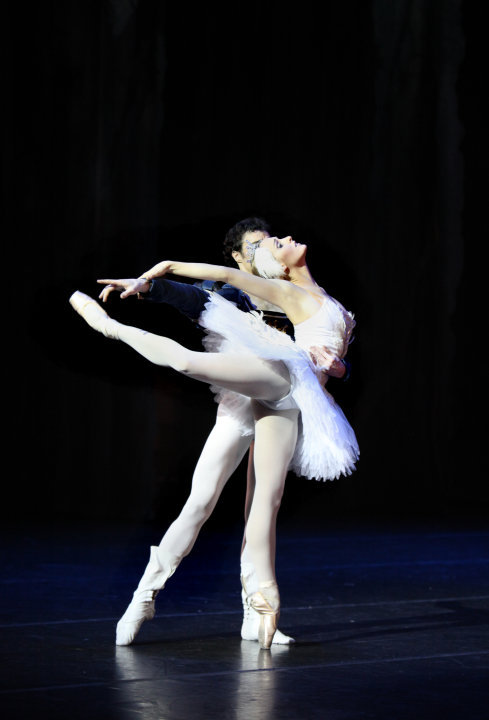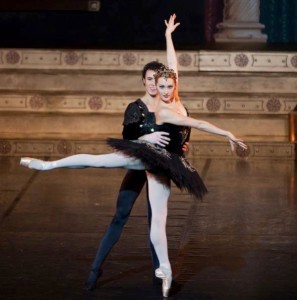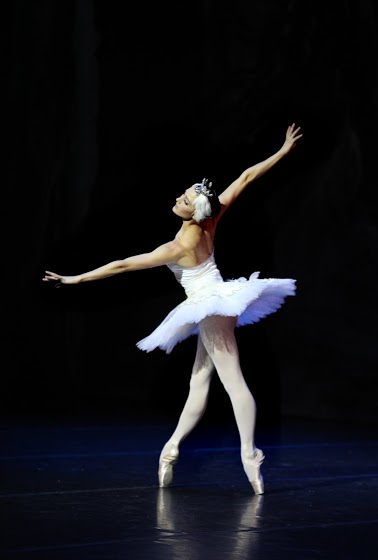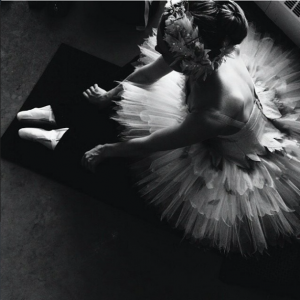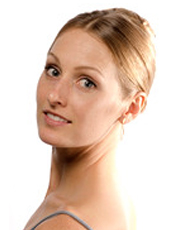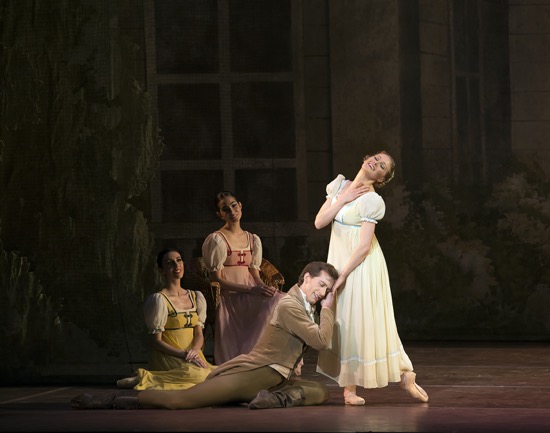
by Ashley Ellis
As we prepare for Onegin, Boston Ballet’s first program of 2016, it seems like a perfect moment to talk about emotions in dance. This ballet by John Cranko is a masterpiece; the story, choreography, and music will take you to another place. In dramatic ballets like this one, dancers are required to reach beyond their technique and really bring out the personality of the characters to tell a story.
I must say that I think one of the reasons that this ballet is such a favorite is that people can really connect with the story, either in a literal or abstract sense. Unlike the more fairytale type stories, Onegin touches on the deep emotions of young love, mature love, heartbreak, death, weakness, strength, faith, and betrayal in a very raw, human manner.
A wonderful thing about living art is that each and every performance is unique to whoever is dancing it, how the music is played, as well as other natural elements surrounding what is happening. Different dancers may portray the same role but each will bring unique qualities to their character to make it their own. They use their own past experiences, relationships with partners, and what they’ve discovered about the role and character they’re playing.
Now, to speak on infusing emotion into a role. Personally, for a long time I thought myself to not be much of an “actress”, it took some time to realize that it’s not about pretending to be something but about doing your best to genuinely feel the emotions. I am continually discovering how to grow as an artist but what it comes down to is this: it won’t be convincing to an audience if you aren’t convinced yourself. I think that is why for some time I never felt quite comfortable, because I felt there was something phony about what I was doing. It’s more about becoming, and believing, who or what you intend to portray. It is quite magical, and extremely fulfilling artistically. Like an escape from reality.
In this production I’m dancing the role of Olga who is Tatiana’s light-hearted younger sister who simply wants to enjoy herself and live life to the fullest. She does have her dramatic moment, however, when she crosses the line by dancing a little too long (and enthusiastically) with Onegin at a party. Olga then has to face the consequences of her actions. This change in emotions happens quickly for her from having a ball to a frantic state of regret and sadness as she pleads to her fiancé, Lensky, not to engage in a duel with Onegin.
This does take preparation, especially if it is a role that I am dancing for the first time. What is your character thinking at each moment, and why? For Olga for instance, I will say to myself, “She may be happy but why is she happy?” I don’t want to just slap a smile on and call it a day. She may be cheery by nature, but she is happy because she’s dancing with her friends, and because she just met her fiancé-to-be, and then she is winning at a card game, then she’s been asked to dance with a handsome man at the party… there should always be something. Later, with the sudden change in events, Olga must react to Lenky’s rage. At first she is confused, not knowing quite why he is so upset, and when she realizes what is going on she has to be so desperate to fix the situation because of the fear of watching her fiancé get hurt, or killed.
For me, it is important to be in the right state of mind before beginning anything. When preparing to go on stage, or even for a rehearsal, I try to put myself in the state of mind of my character. It is not only about facial expressions or mime, the reactions and thoughts should be felt throughout the body. Think about when we’re angry, sad, or happy. When we feel these things people don’t just see it in our face, they see it in our posture, quickness of movement; and then of course facial expressions on top of all of this. Its funny because if you think about it, it’s quite simple, but it’s easy to think too much, which can have an adverse effect.
Another element I’d like to mention that resonates with me, and adds depth to feeling emotions in dance, is the music. It feels so natural to give in to the melodies and the feelings that they evoke. So, even if I am not playing an obvious character, simply the music and energy of the choreography will arouse some sort of emotion internally.
In the end the key is to believe. Believe in what you are doing, and believe in who you are as a unique artist.
Boston Ballet performs Onegin through Sunday, March 6th, 2016. Tickets are still available.
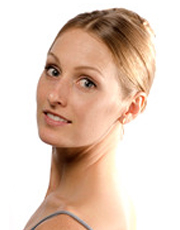 Contributing writer Ashley Ellis is a principal dancer at Boston Ballet. Ellis hails from Torrance, California and she received her dance training at the South Bay Ballet under the direction of Diane Lauridsen. Other instruction included Alicia Head, Mario Nugara, Charles Maple, and Kimberly Olmos.
Contributing writer Ashley Ellis is a principal dancer at Boston Ballet. Ellis hails from Torrance, California and she received her dance training at the South Bay Ballet under the direction of Diane Lauridsen. Other instruction included Alicia Head, Mario Nugara, Charles Maple, and Kimberly Olmos.
She began her professional career with American Ballet Theatre’s Studio Company and later joined American Ballet Theatre as a company dancer. In 1999, Ellis won the first prize at the Los Angeles Music Center Spotlight Award, and went on to become the recipient of the Coca Cola scholarship award in 2000 and 2001. She has performed in Spain with Angel Corella’s touring group and joined Corella Ballet in 2008 as a soloist. In 2011, Ellis joined Boston Ballet as a second soloist. She was promoted to soloist in 2012 and principal dancer in 2013.
Her repertoire includes Marius Petipa’s The Sleeping Beauty; Mikko Nissinen’s The Nutcracker; Natalia Makarova’s La Bayadère; Marius Petipa’s Swan Lake; Christopher Wheeldon’s DGV: Danse à Grande Vitesse, VIII and Polyphonia; Harald Lander’s Études; Michel Fokine’s Les Sylphides; Rudolf Nureyev’s Don Quixote; Christopher Bruce’s Rooster; George Balanchine’s Serenade, Coppélia, Symphony in Three Movements, Symphony in C, and Tchaikovsky Pas de Deux; Clark Tippet’s Bruch Violin Concerto; Twyla Tharp’s In the Upper Room; Stanton Welch’s Clear; Angel Corella’s String Sextet; Wayne McGregor’s Chroma; Jorma Elo’s Awake Only; Jerome Robbins’ Fancy Free; Jiří Kylián’s Wings of Wax, Symphony of Psalms, and Petite Mort.

















